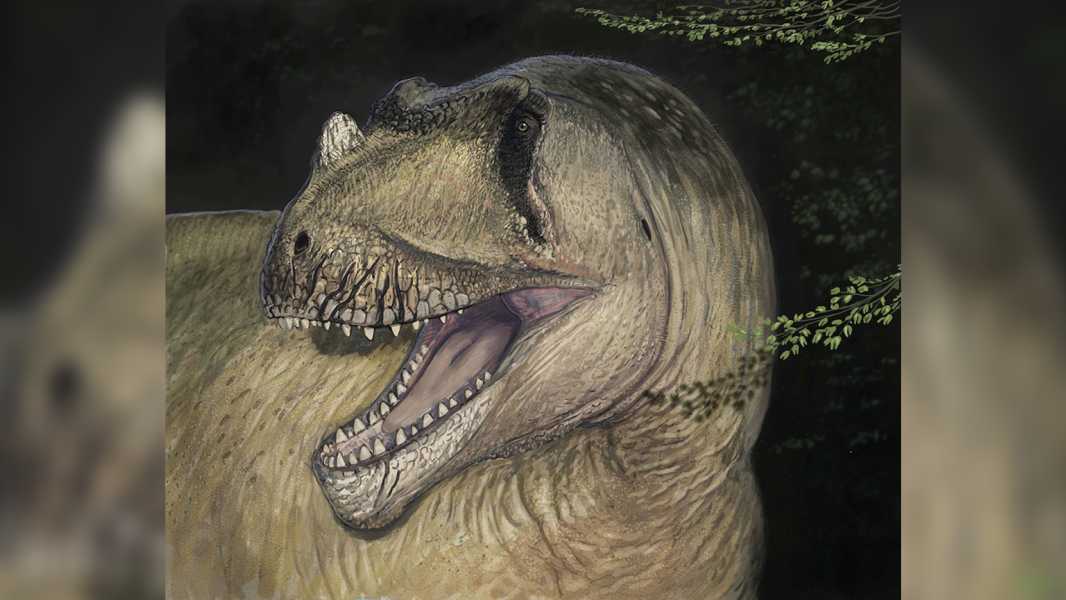
An artistic reconstruction of the Tameraptora margraviate. (Image credit: Joshua Knuppe)
Scientists have made the discovery of a new species of giant dinosaur after finding lost photographs of fossils that were destroyed during World War II.
The new species, named Tameryraptor markgrafi, or “thief from the beloved land,” lived in Egypt 95 million years ago and, at 10 meters (33 feet) long, is one of the largest known land carnivores to have ever lived.
The fossils of this Cretaceous dinosaur were first discovered by German scientists in the Bahariya Oasis in Egypt's Western Desert in 1914. They were then stored at the Bavarian State Collection of Palaeontology and Geology (BSPG) in Germany until 1944, when the building they were housed in was burned down during World War II bombing, destroying the fossils, the BSPG said in a statement on Tuesday (January 14).
Researchers recently discovered previously unknown photographs of the fossils in the Huene Archive at the University of Tübingen in Germany, where they were on display in the 1940s. At the time the photographs were taken, the fossils were thought to belong to a large theropod known as Carcharodontosaurus, but closer examination of the images revealed a horn projecting forward, an enlarged frontal braincase, and other features not found in other Carcharodontosaurus fossils.
“I was initially a little puzzled when we found the new images, but then I was really excited,” the study’s first author, Maximilian Kellermann, a BSPG graduate student, told Live Science via email. “The more we dug into the study, the more differences we found.”
The results of their work were published on Tuesday in the journal PLOS One.
The Egyptian fossils were first classified by German paleontologist Ernst Stromer (1871-1952), who believed they matched a dinosaur found in Algeria known only from teeth, according to the study. Stromer created a new group called Carcharodontosaurus to include both sets of fossils, and the Egyptian specimen was considered the clearest representative of the group.
Over the years, paleontologists have discovered more members of the Carcharodontosaurus group. In the 1990s, a relatively complete skull of a carcharodontosaurid from Morocco became the type specimen representing the group, as the Egyptian fossils had been lost. By comparing newly discovered photographs of the lost fossils, as well as old descriptions and illustrations by Stromer, with this type specimen, it became apparent that the former did not fit the Carcharodontosaurus group.
Sourse: www.livescience.com





